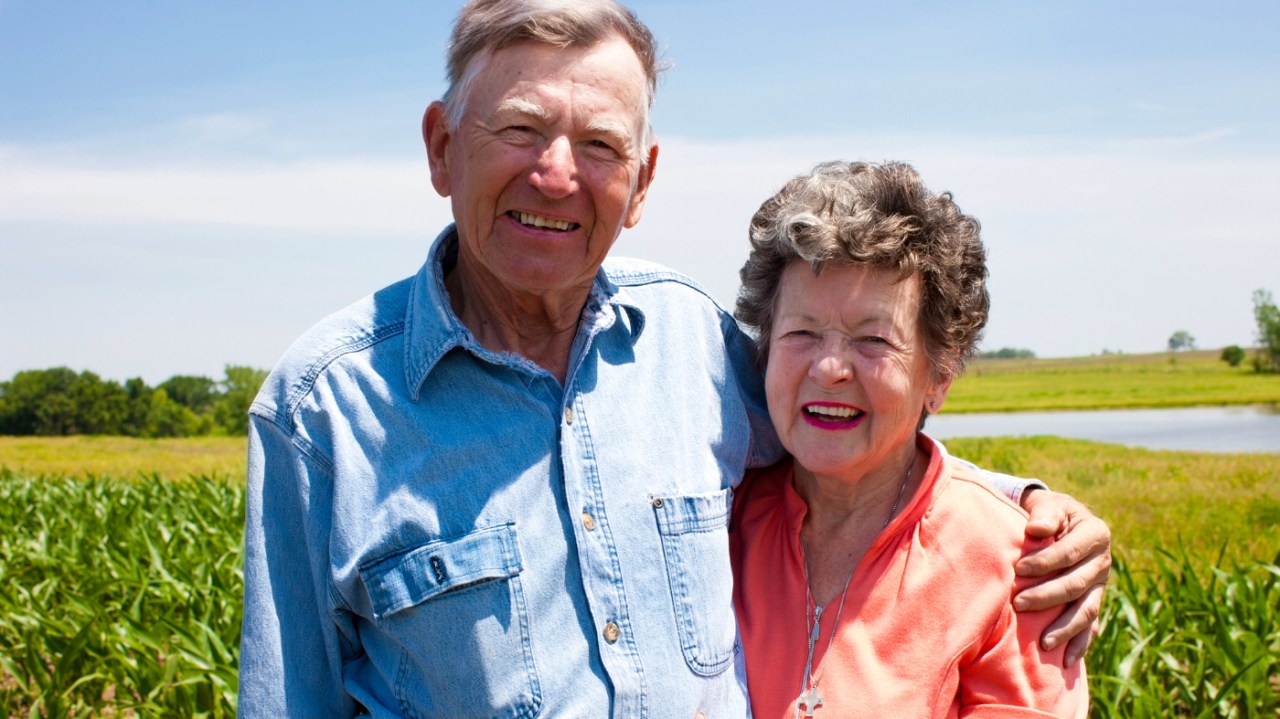I grew up in a rural community, began my career as an organizer in small towns, and now lead one of the largest efforts to rebuild pro-democracy, pro-worker civic capacity in rural America. So I can speak with some authority when I say that President Biden, somewhat surprisingly, has ushered in a new economic paradigm that can radically transform the lives of rural people and build a more politically and economically secure future for all Americans.
He calls his agenda “Bidenomics,” a term that will be hotly debated in the months ahead. But what does it mean? And what’s its significance for rural people?
In simplest terms, Bidenomics arguably is the most significant departure in 40 years from the “free market revolution” that rose to dominance in the 1980s — a dramatic alteration to our country’s economic trajectory.
…
The combination of executive and congressional action since Biden took office — from the American Rescue Plan, to the Bipartisan Infrastructure Law, to the CHIPS Act, Inflation Reduction Act and key executive action promoting competition and protecting workers — presents greater potential for revitalizing rural communities than anything since the New Deal. These were huge steps in the right direction, and yet rural people are still struggling. The updated Rural Policy Action Report offers a continued roadmap for how to help rural communities, protect the environment and core freedoms, and renew shared prosperity across geographic divides.



I used to live in an extremely rural area, and it was probably about 3:1 Republican to Democrat. And almost all of the people were on the dole in some form or another, thanks to the Big Government that they hated so much, most especially the Republicans that I knew.
It’s almost as if the more they were personally benefiting from services from mostly Democratic policies, the more they resented “those libruls” and voted even harder for the far right.